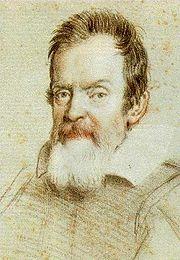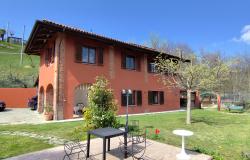Exactly 400 years ago in front of the Venetian Senate a straight talking Italian professor of physics presented a device that would magnify objects, nine times.
Little did the 'senatori' know that that simple leather tube with glass lenses on each side and the science that accompanied it, would set in motion a series of events that would change our understanding of the world forever.
The Italian professor was Galileo Galilei, and the device was to be known as a telescope.
Born on August 25th 1609, Galileo was not the first one to invest the telescope. He was the one, however, who managed to spread knowledge of the use of the telescope and how it could reveal the motion of "heavenly bodies". He was the one that published a simple clear treatise called the "Starry Messenger". Just 24 pages long it documented his observations and eventually led to the persecution and trial of Galileo by the Catholic Church. Something the Church, through the voice of Pope John Paul II, would apoligise about four centuries later.
Going back to that presentation in the Venetian senate, Galileo impressed the senators. They cared little about studying the universe but as a military power through their fleet could immediately see the benefits of a telescope aboard every Venetian ship. They doubled Galileo's salary.
Galileo died on 8 January 1642 at 77 years of age. The Grand Duke of Tuscany, Ferdinando II, wished to bury him in the main body of the Basilica of Santa Croce, next to the tombs of his father and other ancestors, and to erect a marble mausoleum in his honour.
These plans were scrapped, however, after Pope Urban VIII and his nephew, Cardinal Francesco Barberini, protested.
He was instead buried in a small room next to the novices' chapel at the end of a corridor from the southern transept of the basilica to the sacristy.
He was reburied in the main body of the basilica in 1737 after a monument had been erected there in his honour.









